I think I'm going Amish: Smart TV keyboards have to go!


Close your eyes for a moment and imagine the following situation: You are sitting on the couch with a good friend, and just want to watch a movie on Netflix on your shiny new smart TV. The horrible ordeal then begins: Even in 2022, manufacturers who are advocates for smart technology barely manage to install sensible and fluid keyboards on their devices. This is really upsetting, but there is also hope.
The reason for this excitement is my recently published Samsung Freestyle review – a smart projector with TizenOS installed. With the Freestyle, I was allowed to discover after years of using Google's Chromecast without a remote control that smart TVs are still completely unusable. A huge pool of exciting content can only be controlled with the Freestyle in a very clumsy and hatchet-tightening manner.

For the test, I had to set up my Wi-Fi network, of course, before I encountered him. The final boss who, like in the rage RPG Dark Souls, violently flung me backwards a few meters at the first attack itself. The monster under the bed whom I wet myself during my childhood, and one who still scares me to this day. A virtual keyboard that I can only control using the four directional keys on a remote control.
21 characters to a tantrum
My Wi-Fi password is a combination of numbers and letters that is 21 characters long. And on a virtual keyboard, with 26 letters and 10 digits, that's a whole 756 keystrokes I'd have to make in the worst case scenario. Okay, in the end it was maybe 100 to 200, but even that is way too complicated. This is true especially since the keys are fiddly, and the operating system tends to jerk even during the setup process.
After entering my password, other necessary inputs followed, of course, such as my Samsung account plus password. This is then especially pleasant when I have to ask my invited guests over for a pleasant movie night to cover their eyes while I enter my password. "Got it right?" – of course I mistyped and entered the password wrongly three times.
"Wouldn't we rather go to the movies?"
QWERTZ, QWERTY, or rather, ABCDEF?
In my years as a technology journalist, I have come across the most colorful virtual keyboards. The familiar QWERTY layout is even the most pleasant. There are actually companies, mainly car manufacturers, who think that people would rather use a virtual keyboard with the keys laid out in alphabetical order.
True, the QWERTY layout was designed to avoid collisions in the mechanics of a typewriter when typing, and is thus delightfully unnatural – but we've gotten used to it over the years. I even memorized this system in a 10-finger typing course, which I still credit as the most useful course in high school for my line of work.
Why the hell should a virtual keyboard then suddenly be easier to use with "ABCDEF"? Just because children learn the alphabet in the "right" order, too? There are conventions! And they apply even if a keyboard is not preconfigured at the factory.
How virtual keyboards lose their terror
But there is hope, my fellow sufferers. Modern companies, aware of the problems surrounding virtual keyboards, have come up with clever systems. Netflix, for example, allows you to log in simply by entering a code on the Internet. You scan a QR code on the TV or projector with your smartphone (clever, isn't it?) and then, with the password already saved, you only have to enter a combination of numbers.
Other really smart manufacturers of Smart TVs have simply taken the technology from a Nintendo WiiMote and packed it into a remote control. This makes it at least a little easier to make inputs on the screen without having to enter keys. Alternatively, you can also connect Bluetooth keyboards to most smart TVs to make inputs easier. With models like the Logitech MX Keys, my all-time favorite keyboard, you can even switch between up to three Bluetooth connections.
Conclusion: "Is Ben on his way to Pennsylvania yet?"
No, of course I didn't go to the Amish to build barns from scratch without machines within a day. Aside from the fact that I wouldn't have enough beard growth for that anyway, I certainly understand the simplicity of virtual keyboards. This is especially so when setting up new devices, where it is much easier for manufacturers to realize the first Wi-Fi connection via the system UI. However, Google shows that it can be done differently with its Chromecast.
Creative input options like the use of QR codes are therefore all the more important. With these, and I'm sure of this, we could put an end to virtual keyboards forever.
Do virtual keyboards upset you as much as they upset me? And do you also think that "I think I'm going Amish" could be a great series of rage comments? Feel free to write to me about it in the comments. This is regardless of which keyboard you use to write the comment!






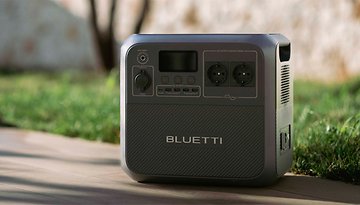
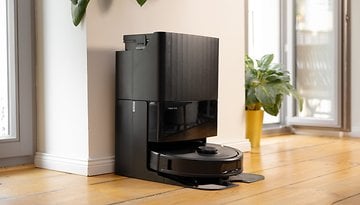
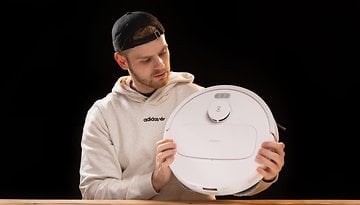
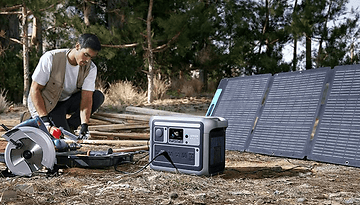
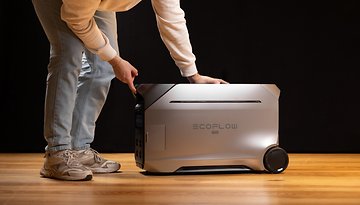
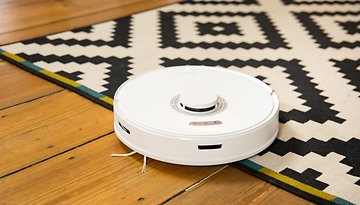
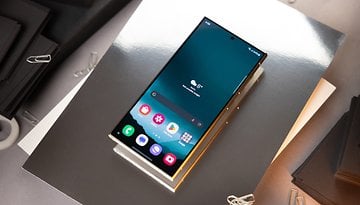

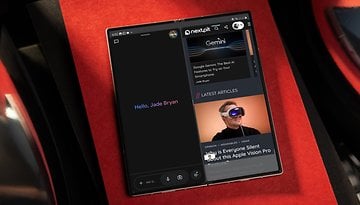
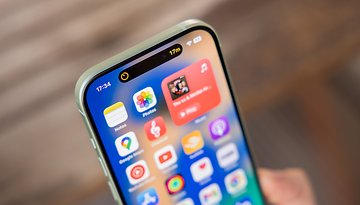

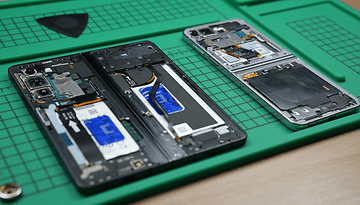


How you set up a home network for these devices is a tricky balancing act imho.
If you're not serving content to your TV locally from your own server or PC, I'd put it on the wifi setup for IOT stuff. IOT is pretty terrible about only using wifi and other low security systems. So I always have one wifi configuration just for IOT that doesn't need to communicate with other things on my network. So my doorbell camera, thermostat and such. This protects my data centric network from attacks via the junky IOT.
TVs, if I can, I hard wire. Saves a lot of needless typing and improves speed. Disable the wifi connectivity and microphone if you can imho.
If you're serving content locally, you'll get a lot of speed and simplicity hard wiring as well. I can't recommend the wifi connections except as a last resort.